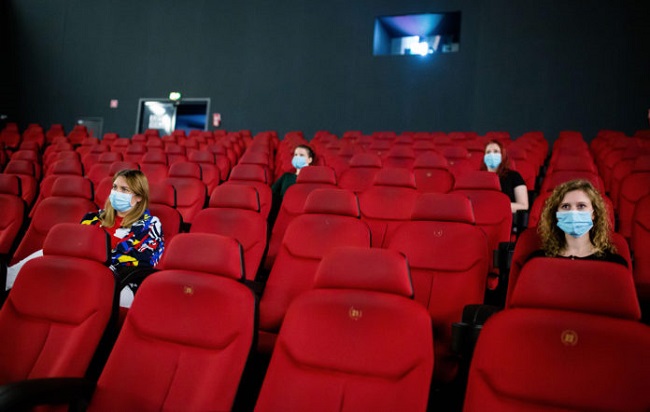With Covid restrictions in place for the opera’s 2,928-seat auditorium capacity, it sold an average of 1,912 tickets per performance for “Fidelio,” its second production of the current season.
That’s an improvement over the second production of Britten’s “Billy Budd” in 2019, a powerful piece that doesn’t always draw large audiences. As a result, “Roberto Devereux,” the opera’s second production in 2018, drew an average of 2,116 people per performance.

It’s never been more important for Shilvock’s company to “be bold, to be innovative, to be compelling to bring audiences back or give us a try for the first time,” he said. When it comes to things that have energy, vitality, and a reason for people to come into cities, “there will be a hunger for those things.”
Many challenges faced cultural institutions even before the pandemic, including an overburdened public transportation system, traffic, limited parking, and the epidemic of homelessness that was becoming increasingly visible.
The tech industry now employs 19 percent of the private workforce, and many institutions were having difficulty attracting audiences and patrons from this demographic.
Arts organisations are using a variety of strategies to fill seats as they try to recover from the pandemic shutdown.
For $1,400 per night, Hope Mohr, co-director of Hope Mohr Dance, said that her organisation was streaming performances so that audiences could choose whether to come into San Francisco or watch from the comfort of their homes.
A hybrid experience is something she’ll be doing more of in the future, she declared. There are people from all over the Bay Area who come to see my company perform in San Francisco.
Are People Going to Feel Comfortable Going Back to Crowded Theatres?
Have individuals become so reliant on their home theatre systems that they refuse to return to going to live events? What effect do you think the rise of work-from-home rules, which have left entire blocks of downtowns and business districts deserted, will have on weekday attendance at theatres and concert halls?
Probably nowhere in the country is this last question more pressing than in San Francisco, where technology firms have been pioneers in instituting work-from-home policies and flexible hours. Visiting the War Memorial Opera House or Louise M. Davies Symphony Hall on a weekday is no longer as easy as taking a break from work to do so.
Director of the San Francisco Opera Matthew Shilvock predicts a shift in the organization’s demographics as more employees telecommute.
“The possibility of harm is not to be discounted. We’re all holding our breath, waiting to see if there will be a renewed flurry of interest in going out and seeing live entertainment, or if people will choose to stay at home rather than make the trip into the city.”
Conclusion
In a city where the housing shortage has already pushed many individuals to settle far from downtown, arts organisations are trying to determine what the adoption of more flexible work-from-home regulations would mean for their capacity to attract audiences.
According to data gathered by the San Francisco Opera and the San Francisco Symphony, two icons of the city’s thriving network of performing arts institutions, about 70% of audience members live outside of San Francisco.












